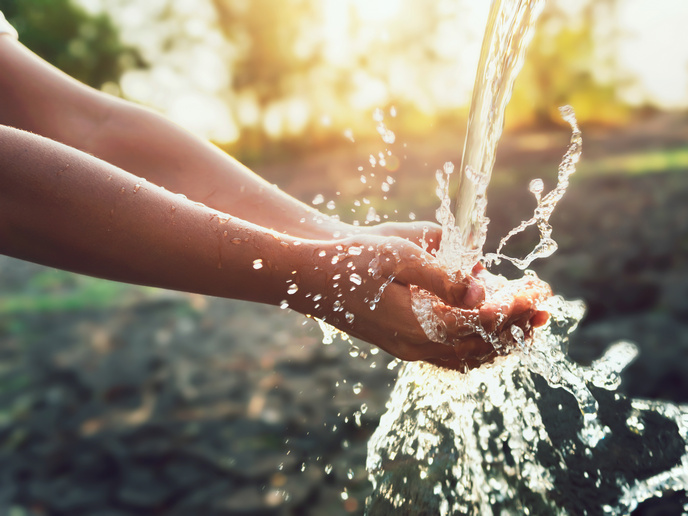Unlocking the secrets to what makes water unique
Water is the most common, yet possibly least understood, material on Earth. This is because it behaves very differently from other liquids. Scientists still don’t fully understand why this is the case. “There are literally dozens of anomalies,” explains SOFTWATER project coordinator John Russo from Sapienza University in Italy. “For example, ice is less dense than liquid water, which is why it floats. This is the opposite of most other liquids.”
Uncovering water’s material properties
It is almost impossible to overstate the importance of water. All forms of life depend on it, and it constitutes around half the volume of every living biological cell. It is also a crucial element in production processes and is central to our planet’s climate system. Understanding exactly where water’s material properties are encoded could therefore be the key to unlocking knowledge across a whole range of issues. The ambitious SOFTWATER project, supported by the European Research Council, sought to apply computational techniques to try to uncover water’s secrets. This was done through developing computational models of water’s tetrahedral hydrogen bonds. These models were gradually altered, to the point where water’s anomalous properties disappeared. “The idea was that this would tell us what makes water special, and what we need to change to make water behave more like other liquids,” says Russo. “The computational technique gave us a route to discovering behaviours that are normally very difficult to capture.”
Computational approaches to understanding material behaviour
Indeed, a key success of the project was demonstrating the utility of computational approaches to understanding material behaviour. Many scientists believe that the secrets of what makes water ‘water’ might lie at a deeply cooled state. This is difficult to access experimentally without water changing and forming crystals. “This state is what many scientists call No Man’s Land, because it is so difficult to access,” adds Russo. “With our computational approach, we have made this more accessible, and easier to study.” Russo also pioneered a new way of conceptualising water, calling it a ‘half empty liquid’. He notes that water is less dense than other liquids and remains stable as it cools down. In contrast, other liquids become gradually denser as they cool. “Water stays ‘empty’, up to a certain point,” he remarks. “When this point is reached and water becomes denser, this causes a cascading effect. This could explain other anomalous properties. This ‘liquid half empty’ concept is a new way of thinking about water.”
More accurate climate pattern models
Russo notes that the potential applications of this work are incredibly broad. Understanding the behaviour of water – and why water behaves in the way it does – could help scientists to more accurately model climate patterns, for example. ‘Tuning’ other molecules to behave more like water could also create new industrial opportunities. To this end, Russo would like to see if his computational approach to ‘tuning’ molecules could be applied at a larger scale with colloids, where insoluble particles are suspended throughout another substance. “There are implications here for every field that has something to do with water,” he says. “The need to understand the way water behaves is such a huge field.”
Keywords
SOFTWATER, water, ice, liquids, computational, climate, hydrogen



